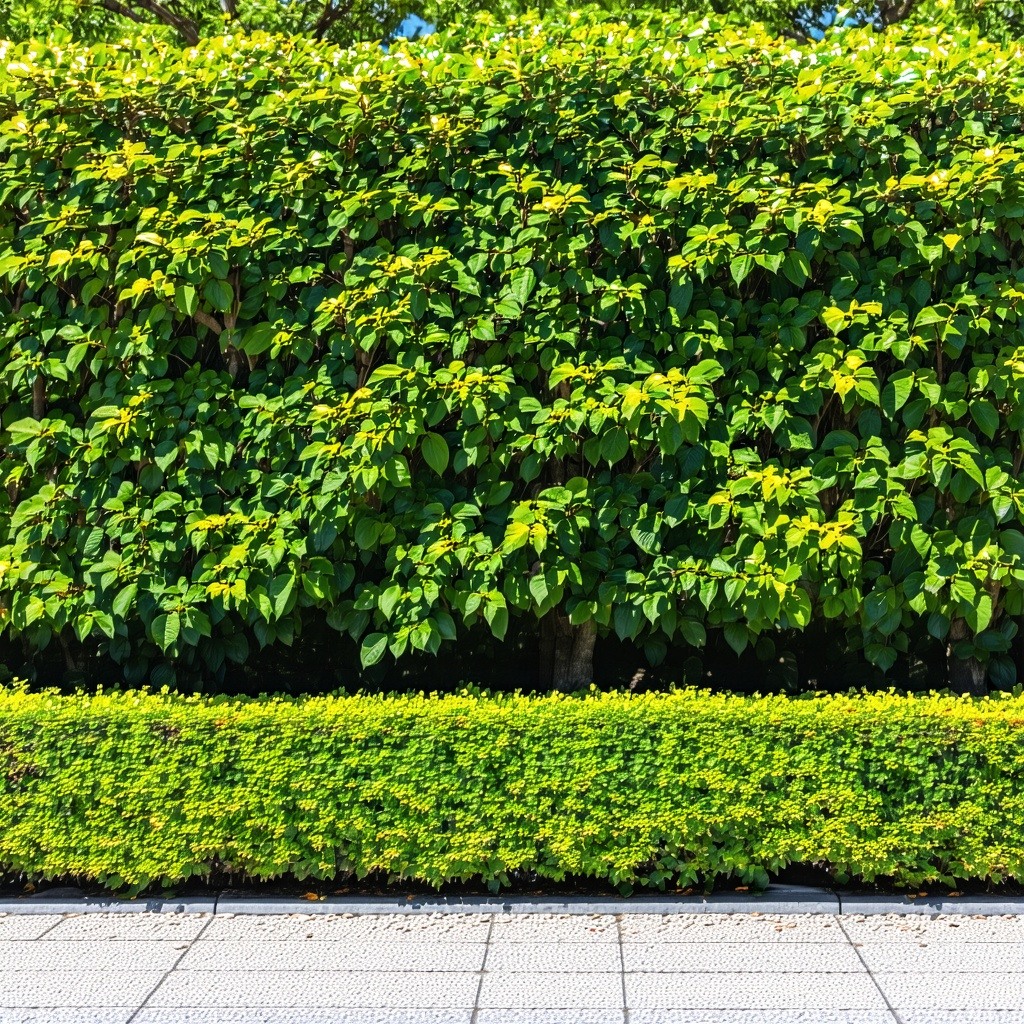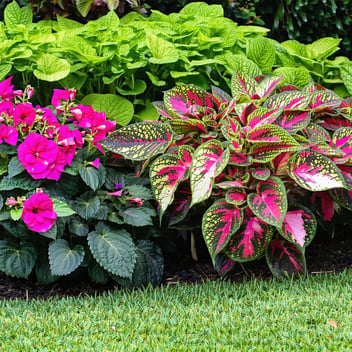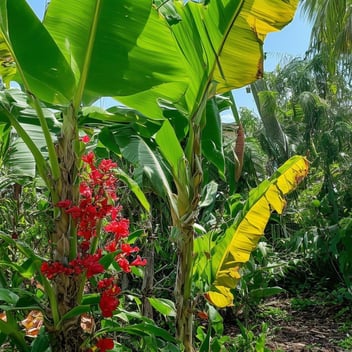Tackling Common Hedge Pests and Diseases in SEQ
Introduction
In the lush landscapes of South East Queensland (SEQ), hedges play a pivotal role in defining garden aesthetics and providing functional benefits such as privacy and windbreaks. However, the region's subtropical climate also fosters a variety of pests and diseases that can compromise hedge health. Understanding these challenges and implementing effective management strategies is essential for maintaining vibrant and resilient hedges.
Common Hedge Pests in SEQ
Aphids
Aphids are small, sap-sucking insects that often congregate on new growth, causing leaves to curl and distort. Their feeding can weaken plants and lead to sooty mold development due to the honeydew they excrete. Regular monitoring and introducing natural predators like ladybugs can help manage aphid populations.
Scale Insects
Scale insects appear as small, immobile bumps on stems and leaves. They feed on plant sap, leading to yellowing foliage and reduced vigor. Applying horticultural oils during the dormant season can suffocate these pests and reduce infestations.
Caterpillars
Various caterpillar species can defoliate hedges rapidly, leaving behind ragged leaves and weakened plants. Handpicking and using biological controls like Bacillus thuringiensis (Bt) are effective methods to keep caterpillar populations in check.
Bronze Orange Bug (Musgraveia sulciventris)
Native to Australia, the bronze orange bug is a significant pest of citrus plants, including ornamental citrus hedges. These bugs suck sap from new growth and young fruit, causing them to yellow and drop prematurely. They are also known for emitting a foul-smelling liquid when threatened, which can be harmful to humans and animals. Early detection and physical removal are crucial, as chemical controls are often ineffective against adults.
Citrus Whitefly (Orchamoplatus citri)
This whitefly species targets plants in the citrus family, feeding on the undersides of leaves and excreting honeydew, which promotes sooty mold growth. Heavy infestations can stunt plant growth and reduce vigor. Introducing natural predators such as ladybirds and lacewings can help control whitefly populations.
Fire Ants (Solenopsis invicta)
Fire ants are an invasive species that pose a significant threat to both the environment and human health in SEQ. They can damage plant roots, leading to poor plant health and even death. Fire ants are also aggressive and can inflict painful stings. It's essential to report any suspected fire ant sightings to local authorities promptly.
Common Hedge Diseases in SEQ
Root Rot (Phytophthora spp.)
Root rot is a severe fungal disease that affects the roots of many plants, including hedges. Symptoms include wilting, yellowing or browning of leaves, stunted growth, and in severe cases, plant death. Infected roots often appear dark and mushy. Ensuring proper soil drainage and avoiding overwatering are crucial preventive measures.
Powdery Mildew
This fungal disease manifests as a white, powdery coating on leaves, stems, and buds. It thrives in warm, dry conditions and can cause distorted growth and premature leaf drop. Improving air circulation around plants and applying fungicidal sprays can help manage powdery mildew.
Leaf Spot
Leaf spot diseases present as dark, necrotic lesions on foliage, often surrounded by yellow halos. They can lead to premature leaf drop and reduced plant vigor. Removing affected leaves and applying appropriate fungicides can mitigate the spread of leaf spot diseases.
Rust diseases cause orange, yellow, or brown pustules on the undersides of leaves, leading to leaf deformation and weakening of the plant. Maintaining good garden hygiene and using resistant plant varieties are effective preventive measures.
Integrated Pest and Disease Management Strategies
Cultural Practices
Implementing proper cultural practices is the first line of defense against pests and diseases. This includes selecting hedge species that are well-suited to SEQ's climate, ensuring proper spacing for air circulation, and maintaining soil health through appropriate fertilization and irrigation practices.
Biological Controls
Utilizing natural predators and beneficial insects can effectively reduce pest populations. For example, introducing ladybugs to control aphids or parasitic wasps to manage scale insects can be both environmentally friendly and efficient.
Chemical Controls
Chemical interventions should be considered a last resort and used judiciously to minimize environmental impact. When necessary, select targeted pesticides and fungicides that are effective against specific pests or diseases and follow label instructions carefully.
Monitoring and Early Detection
Regularly inspecting hedges for signs of pests and diseases allows for early intervention, which is crucial in preventing widespread infestations. Implementing monitoring protocols, such as sticky traps for flying insects or soil moisture checks to prevent root rot, can aid in early detection.
Reporting and Collaboration
Some pests, like fire ants, are subject to biosecurity regulations due to their significant impact. Reporting sightings to local authorities and collaborating with community pest management programs can enhance control efforts and prevent the spread of invasive species.
Conclusion
Maintaining healthy hedges in SEQ requires vigilance and a proactive approach to managing pests and diseases. By understanding the common challenges and implementing integrated management strategies, gardeners can ensure their hedges remain robust and contribute to the beauty and sustainability of the landscape.




